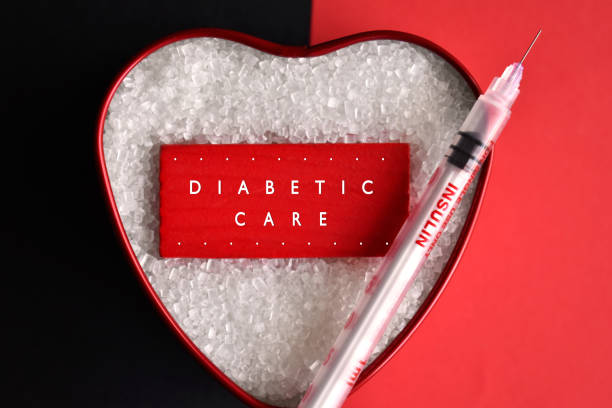
Today is World Diabetes Day (WDD) also marking the birthday of Sir Frederick Banting, who co-discovered insulin along with Charles Best in 1922.
WDD is the world’s largest diabetes awareness campaign reaching a global audience of over 1 billion people in more than 160 countries. The theme for World Diabetes Day 2021-23 is access to diabetes care, emphasizing the fact that people with diabetes require ongoing care and support to manage their condition and avoid complications.
The term diabetes is not new, but how much do we know about it?
Diabetes is a chronic metabolic disease wherein the body doesn’t make enough insulin causing too much blood sugar in the bloodstream and resulting in long-lasting health conditions. A combination of genetic and lifestyle factors is said to trigger diabetes in a person.
The earlier to treat and manage diabetes is only when the earliest it’s caught. It can be difficult to recognize the signs if you’re unsure of what to watch for. Feeling thirstier often, frequent urination, losing weight without diet or exercise, feeling tired, weak, irritable or having other mood changes, blurry vision, slow-healing sores, and easily prone to infections, such as gum, skin and vaginal infections, are all the “not to miss signs.”
Diabetes is a singular name, but the types are many
Each type of diabetes has a different cause. An autoimmune reaction of the body where the body attacks itself by mistake and destroys the insulin-producing beta cells in the pancreas causes Type 1 diabetes. Genes could be a reason for this and there is also a possibility that a virus sets off an immune system attack. In type 2 diabetes, the body doesn’t use insulin well and can’t keep blood sugar at normal levels. Around 90-95% of people with diabetes are tested as type 2 diabetic. A combination of genetics and lifestyle factors can lead to Type 2 diabetes.
In some cases, hormonal changes during pregnancy can cause another form of diabetes known as Gestational diabetes. Certain hormones produced by the placenta make a pregnant person’s cells less sensitive to the effects of insulin causing high blood sugar during pregnancy. Yet another type is Prediabetes, a condition where the blood sugar levels are higher than normal, but not high enough for a type 2 diabetes diagnosis. With Prediabetes the risk for type 2 diabetes, heart disease, and stroke are higher.
Testing and monitoring are the lifelines
Diabetes is not the end of joy, only if you address it rightly. If symptoms are evident, it’s always good to consult and test for diabetes. Blood sugar tests can determine if one has prediabetes or type 1, type 2, or gestational diabetes.
A1C Test, Fasting Blood Sugar Test, and Random Blood Sugar Test can help diagnose prediabetes and diabetes. While a Glucose Tolerance Test and Glucose Challenge Test can indicate Gestational Diabetes if any.
Average blood sugar level over the past 2 or 3 months can be determined through the A1C test, which is also the primary test used for diabetes management. A Fasting Blood Sugar Test and Random Blood Sugar Test are advised both for people with first-time symptoms and also to monitor people who already have diabetes.
Monitoring diabetes is the key to managing it better. Routine blood sugar testing provides useful information required to understand the effect of diabetes medications on blood sugar levels, track your progress in reaching your overall treatment goals, learn how diet and exercise affect blood sugar levels, and also to understand how other factors, such as illness or stress, affect blood sugar levels. It is important to have regular screening of cholesterol levels and renal profile at least once in six months. A routine retinal assessment should also be needed. It is always advisable to seek medical attention if any peripheral tingling sensation or impairment in cognitive function.
Combat the complications of diabetes
Diabetes complications are disabling, develop gradually, and can have long-term effects. The longer you have diabetes, the less controlled will be your blood sugar, resulting in a higher risk of complications. The commonest complications include cardiovascular disease, atherosclerosis, nerve damage, kidney failure, visual disturbance, and even depression. The deadliest complication is ketoacidosis where the patient lands up in the emergency department with vomiting, fast breathing, body aches headache, and breathing difficulties. Hence it is important to monitor and control blood glucose
Living with diabetes is awful. Defeat it with determination. Manage and monitor diabetes better with routine tests and expert treatment. Compromise on unhealthy lifestyles to not put your health at stake.
A little less sugar makes your life sweeter!
Dr.Minu Thomas, M.D(Pathology)
Laboratory Director, Medivision
Mrs.Shimi.P.Joseph, MSc.(Medical Biochemistry)
Chief Biochemist & Quality Manager, Medivision

